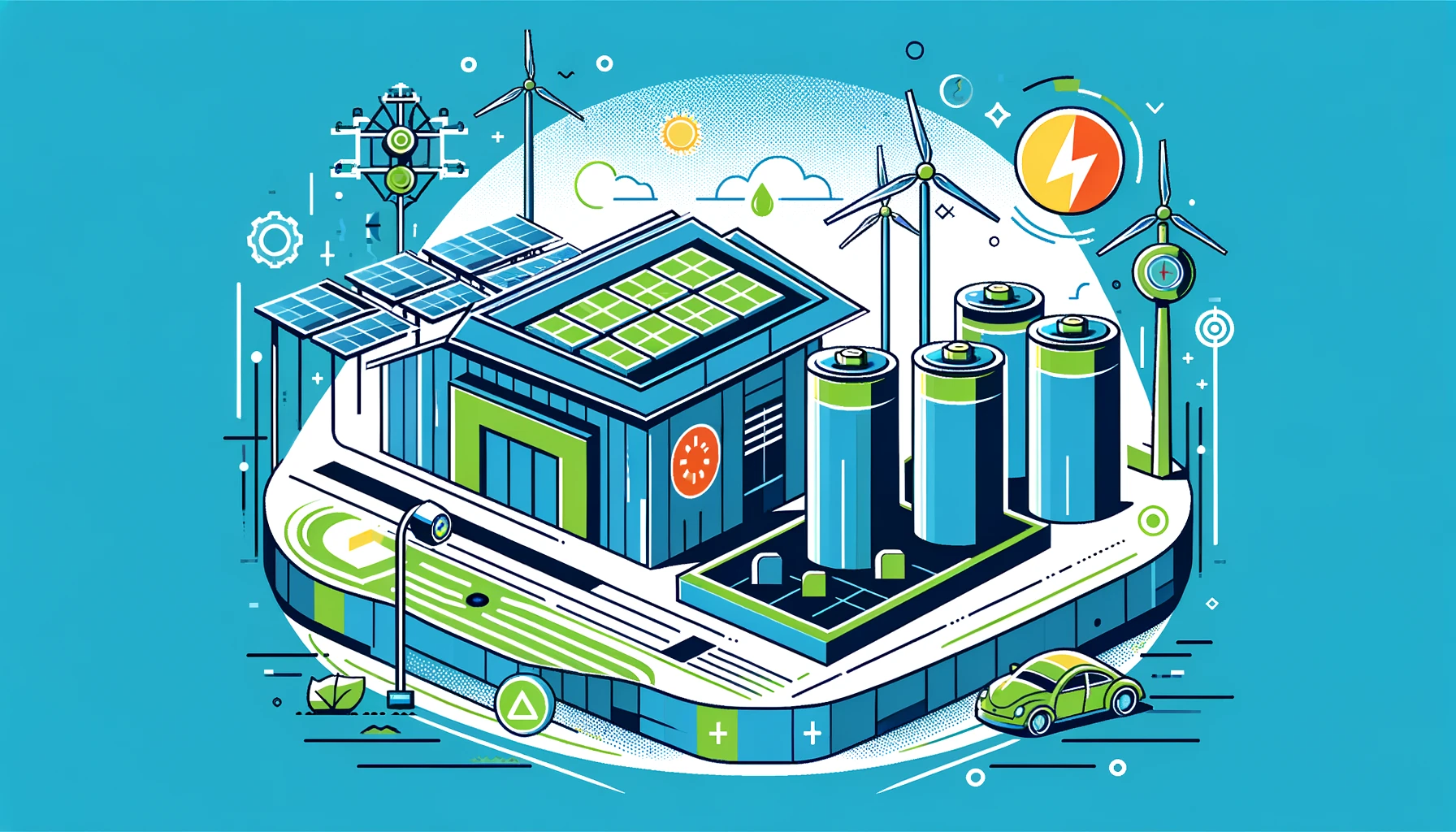
The launch of China’s first large-scale sodium-ion battery energy storage station could significantly impact the clean energy sector. This new technology is being viewed as a promising alternative to lithium-ion batteries, which are heavily dependent on scarce resources.
The sodium-ion battery energy storage station, located in Nanning in the Guangxi autonomous region in southern China, boasts an initial storage capacity of 10 megawatt-hours (MWh). China Southern Power Grid announced on Saturday that the station is projected to expand to 100MWh upon full development.
Once completed, the project is expected to release 73,000MWh of renewable energy. This capacity could meet the demands of 35,000 households and reduce annual carbon dioxide emissions by 50,000 tonnes, according to the state-owned utility.
In an interview with China Central Television, Gao Like, a manager at the Guangxi branch of China Southern Power Grid, highlighted the efficiency of the new system. “The energy conversion efficiency of this sodium-ion battery energy storage system is over 92%, higher than the current common lithium-ion battery energy storage systems,” Gao stated. In comparison, lithium-ion battery systems have an efficiency rate ranging from 85% to 95%.
As the world transitions towards cleaner energy sources such as wind and solar, energy storage systems are essential for enhancing the flexibility and reliability of power grids. They play a critical role in scaling up renewable energy.
China’s installed capacity of new-type energy storage systems, including electrochemical energy storage and compressed air, reached 77,680MWh, or 35.3 gigawatts, by the end of March. This represents an increase of over 210% from the previous year, according to the National Energy Administration, which formulates the country’s energy strategy.
Comparison of Battery Types
| Battery Type | Efficiency Rate | Resource Dependency | Cost | Performance at Low Temperatures | Charging Rate |
|---|---|---|---|---|---|
| Lithium-Ion | 85-95% | High (Lithium, Cobalt) | High | Moderate | Fast |
| Sodium-Ion | Over 92% | Low (Abundant Sodium) | Lower | Better | Faster |
Currently, lithium-ion battery energy storage accounts for more than 95% of this capacity, with emerging technologies making up the remainder. Although China dominates the global lithium-ion battery supply chain, it heavily relies on imports of materials such as lithium and cobalt.
By contrast, sodium-ion batteries are seen as a viable alternative due to the abundance and low cost of sodium. These batteries also perform better at low temperatures and have a faster charging rate.
In recent years, global battery giants, including Tesla’s supplier Contemporary Amperex Technology and Japan’s Panasonic, have explored the use of sodium-ion batteries for various applications, from powering electric vehicles to grid storage.
Once sodium-ion battery energy storage is developed on a large scale, its cost could be reduced by 20% to 30%, according to Chen Man, a senior engineer at China Southern Power Grid. This reduction can be achieved through further improvements in the battery’s structure, manufacturing process, material utilization, and cycle life, thereby lowering the energy storage cost per kilowatt-hour of electricity.
- Impact on Clean Energy: The launch of the sodium-ion battery energy storage station is a significant step towards cleaner energy solutions.
- High Efficiency: The new system boasts an energy conversion efficiency of over 92%, surpassing the efficiency of lithium-ion systems.
- Environmental Benefits: The project could reduce carbon dioxide emissions by 50,000 tonnes annually.
- Cost-Effectiveness: Large-scale development of sodium-ion batteries could reduce costs by 20% to 30%.
China Southern Power Grid’s foray into sodium-ion technology underscores a broader trend towards diversifying energy storage solutions. The successful implementation of this technology could pave the way for more sustainable and cost-effective energy storage systems globally. As energy storage continues to evolve, the emphasis will likely shift towards technologies that are not only efficient but also environmentally sustainable and economically viable.
In conclusion, the launch of China’s first large-scale sodium-ion battery energy storage station marks a significant milestone in the clean energy landscape. It highlights the potential of alternative battery technologies to reduce reliance on scarce resources, improve efficiency, and drive down costs. This development could have far-reaching implications for the energy sector, particularly in the context of the global transition towards renewable energy sources.
Related News:
Featured Image courtesy of DALL-E by ChatGPT
